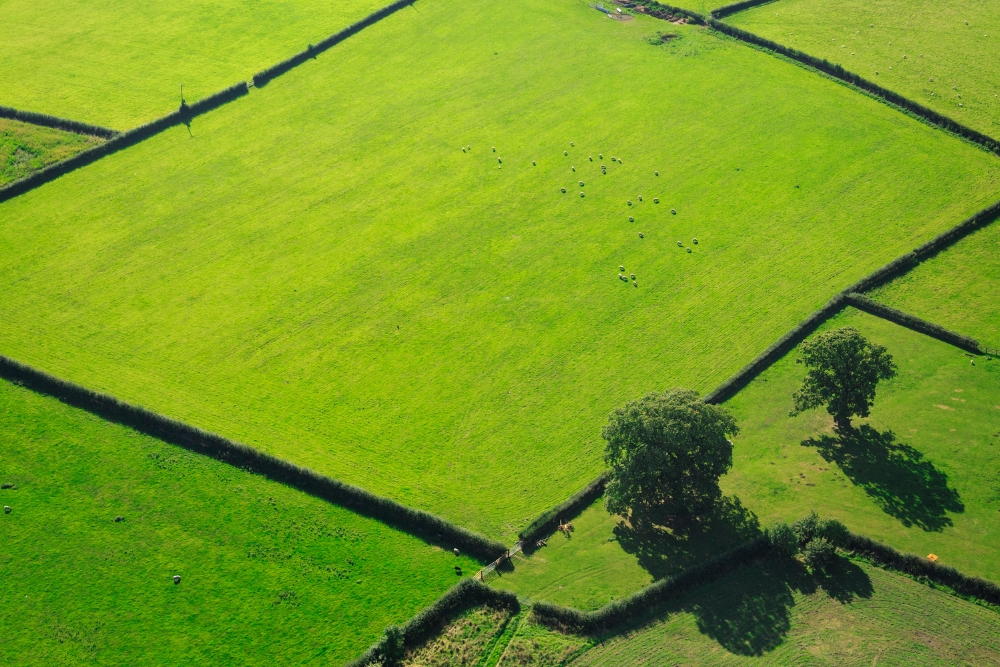From desolate moorlands to windswept Atlantic islands, we take a look at Britain’s last remaining wild places
In Britain, wilderness has largely been abolished. The abolition began millennia ago. Between 7,000 and 5,000 years ago, around 75% of the UK was covered in forest. Then large-scale forest clearance started around 3100 BC when Neolithic agriculture was introduced. Now, the UK has around 13% forest cover, making it one of Europe’s least densely forested countries.
While we were deforesting our landscape, we were also hunting wild animals to extinction and turning their habitat into farmland. Wolves, lynx, bears, bison and moose are just a few of the mammals that once roamed Britain. Now, over 70% of the UK’s land has been turned over to agriculture. More than half of that is for the grazing of livestock alone.

The abolition continued apace during the Industrial Revolution and then the invention of the motor car. Only a small and ever-diminishing proportion of the UK’s terrain is further than five miles from a paved surface. There are over 33 million cars in Britain, motoring along over 245,000 miles of roads. If those roads were laid continuously, you could drive to the moon. Roads cover around 0.9% of the country’s land area, but if you include the width of the land occupied by roads, including verges and hedgerows, the figure is closer to 1.3%.
Today, sixty-seven million people live in just 95,000 square miles of land and the country is now one of the most nature-depleted in the world – in the bottom 10% of nations globally – with almost half of the country’s biodiversity wiped out since the industrial revolution.
“We are now, in hard fact, on the bleak threshold of losing much of the old landscape. We have done unimaginably terrible things to our countryside. It is only here and there along our coasts and on the really high hills and mountains that the ancient richness of natural life is not yet in danger.”
– John Fowles, novelist, 1985
There are, however, still pockets of biodiversity to be found. Unsurprisingly, in the more remote areas of northern England, Scotland and Wales, biodiversity is more intact than in areas such as southeast England, where farming tends to be more intense and there are more people, towns and cities. And where you find biodiversity, you’re more likely to find an uncultivated, uninhabited landscape:…
Click Here to Read the Full Original Article at Atlas & Boots…